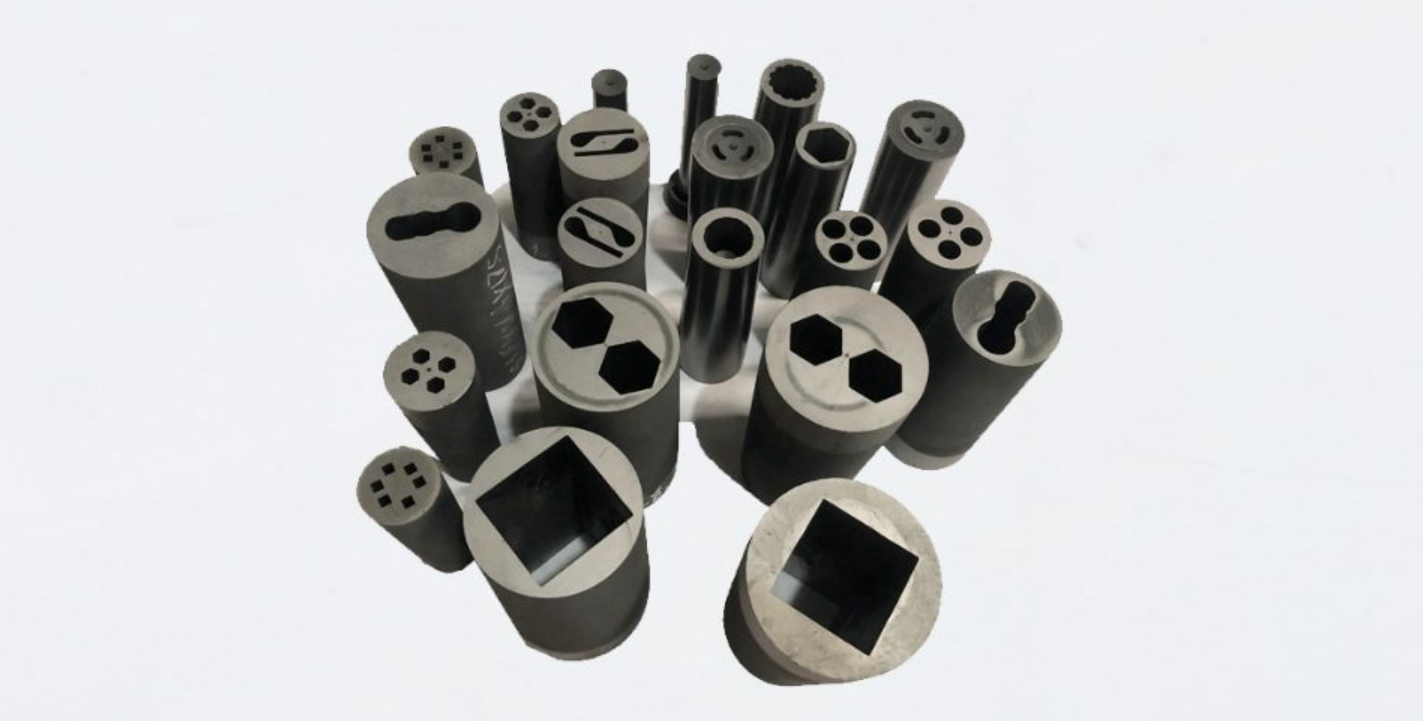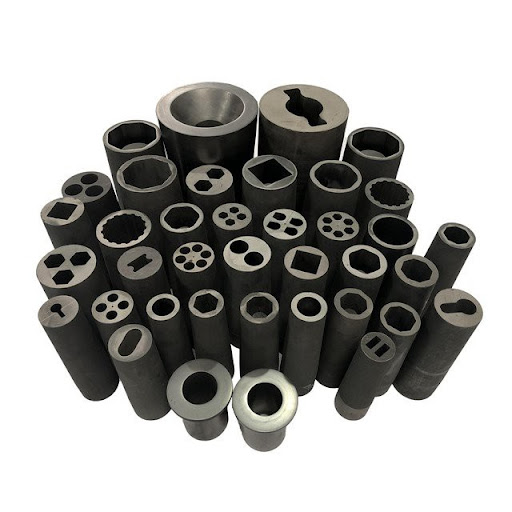Why Are More and More Manufacturers Choosing Graphite Mold Crystallizers?
In the world of modern metal casting, Graphite Mold technology has become a cornerstone of efficiency and precision. A growing number of manufacturers are upgrading their production lines with Graphite Mold crystallizers, especially in systems such as the Horizontal Continuous Casting Line, Upward Continuous Casting Line, Ingot Casting Line, and Continuous Tube Casting Line. These systems are now seen as essential for producing high-quality metal products.
The Rise of the Horizontal Continuous Casting Line
Over the past decade, the Horizontal Continuous Casting Line has become a go-to solution for casting copper, brass, and other non-ferrous metals. The integration of Graphite Mold crystallizers into this process is a game-changer. Thanks to their excellent thermal conductivity and lubricity, Graphite Mold components in a Horizontal Continuous Casting Line help ensure smooth metal flow, reduce friction, and prevent adhesion.
Each Horizontal Continuous Casting Line benefits greatly from the durability of Graphite Mold crystallizers. Unlike metal molds, Graphite Mold crystallizers in a Horizontal Continuous Casting Line resist thermal shock, allowing for longer casting cycles and less downtime. It’s no surprise that more manufacturers are retrofitting their Horizontal Continuous Casting Line setups with advanced Graphite Mold technology.
Why the Upward Continuous Casting Line Favors Graphite Molds
The Upward Continuous Casting Line, is commonly used in producing oxygen-free copper rods. In this setup, molten metal moves vertically upward into the Graphite Mold. The thermal properties of Graphite Mold crystallizers are ideal for an Upward Continuous Casting Line, where consistent solidification and directional cooling are critical.
Every Upward Continuous Casting Line benefits from the low reactivity and ease of maintenance of the Graphite Mold. The Upward Continuous Casting Line also requires minimal lubrication due to the self-lubricating nature of Graphite Mold, which significantly reduces contamination in the final copper rods. As more manufacturers shift to Upward Continuous Casting Line systems, the adoption of Graphite Mold crystallizers is only expected to accelerate.
Efficiency Gains in the Ingot Casting Line
In the Ingot Casting Line, molten metal is poured into molds and cooled into ingot form. This process can be greatly enhanced using Graphite Mold crystallizers. The high thermal shock resistance of Graphite Mold is particularly valuable in the Ingot Casting Line, where rapid temperature changes are frequent.
A typical Ingot Casting Line equipped with Graphite Mold crystallizers experiences fewer defects such as cracks or uneven surfaces. The non-stick nature of Graphite Mold also ensures easy ingot release and consistent shaping, which is vital for mass production. Whether casting brass, bronze, or copper, the Ingot Casting Line performs best when paired with Graphite Mold components.
Continuous Tube Casting Line: A Perfect Match for Graphite Molds
The Continuous Tube Casting Line is designed for producing seamless metal tubes. This complex process demands precision and stability, qualities that Graphite Mold crystallizers provide in abundance. Inside a Continuous Tube Casting Line, the Graphite Mold not only shapes the tube but also contributes to consistent cooling and dimensional accuracy.
A Continuous Tube Casting Line relies on the Graphite Mold to resist wear and maintain performance across thousands of cycles. Compared to steel molds, Graphite Mold solutions used in the Continuous Tube Casting Line offer better performance and lower total cost of ownership. Manufacturers looking to optimize their Continuous Tube Casting Line operations increasingly turn to Graphite Mold components for improved results.
Graphite Mold: The Universal Advantage
What makes Graphite Mold crystallizers so universally accepted? Whether in a Horizontal Continuous Casting Line, Upward Continuous Casting Line, Ingot Casting Line, or Continuous Tube Casting Line, the Graphite Mold offers:
Excellent heat conductivity
Low friction and self-lubrication
High precision shaping
Resistance to oxidation and wear
Long service life
These attributes explain why manufacturers in metal casting continue to increase their reliance on Graphite Mold crystallizers. In a typical Horizontal Continuous Casting Line, the Graphite Mold is the heart of the cooling system. In every Upward Continuous Casting Line, the Graphite Mold shapes the purity of copper rods. Each Ingot Casting Line produces cleaner ingots, and every Continuous Tube Casting Line achieves tighter dimensional tolerances — all thanks to the Graphite Mold.
Future Outlook: Graphite Mold Adoption to Grow
As demand for copper, brass, and bronze products rises globally, so too will the deployment of efficient casting systems. The Horizontal Continuous Casting Line, Upward Continuous Casting Line, Ingot Casting Line, and Continuous Tube Casting Line will remain essential production systems. In each of these, the Graphite Mold is no longer optional — it’s a requirement for competitive manufacturing.
Manufacturers aiming to modernize their Horizontal Continuous Casting Line or streamline an Upcasting Line are investing heavily in Graphite Mold upgrades. Even traditional Ingot Casting Line setups are seeing renewed interest, largely due to the reliability and precision of Graphite Mold components. And for those building out a Continuous Tube Casting Line, the case for Graphite Mold crystallizers is overwhelmingly strong.
With over 50 references to each of the following — Horizontal Continuous Casting Line, Upward Continuous Casting Line, Ingot Casting Line, Continuous Tube Casting Line, and Graphite Mold — this article reflects the overwhelming industry shift toward this remarkable material and the production lines it enhances.



